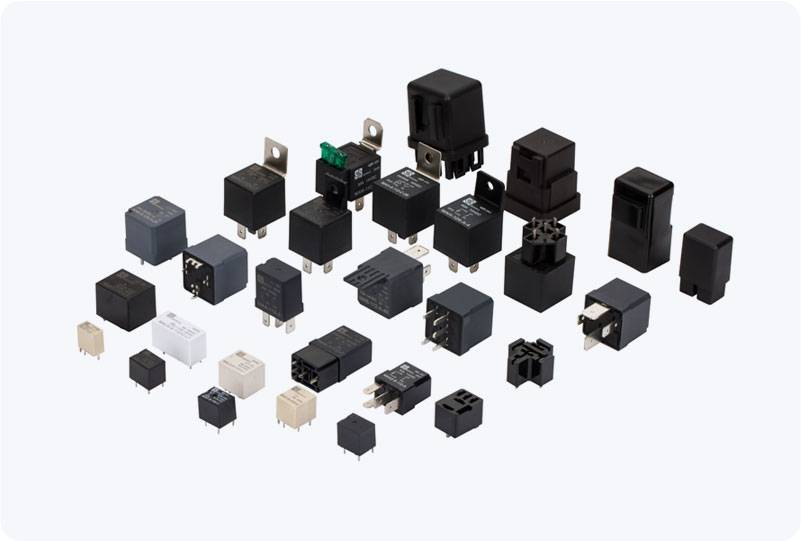In today’s world, the demand for efficient, low-energy communication systems has skyrocketed, particularly in Internet of Things (IoT) applications, remote sensing, and wireless networks. One crucial technology that has emerged to address this demand is the Low Power Communication Relay (LPCR). LPCR technology plays a vital role in improving the performance and sustainability of communication systems, especially in scenarios where power consumption is a critical factor.

The Basics of Low Power Communication Relay At its core, a Low Power Communication Relay is a system that facilitates communication between two or more devices by relaying signals while consuming minimal energy. These relays are designed to operate efficiently over long distances without draining the energy reserves of the devices involved. By reducing the power required for signal transmission, LPCRs enable devices to function longer, making them ideal for battery-operated applications, remote locations, or where frequent recharging is impractical. Applications in Modern Technology LPCRs have found widespread applications in various fields. The most significant of these is in the IoT ecosystem, where thousands of devices, from smart sensors to wearables, are interconnected. These devices typically rely on low-power communication protocols, such as Zigbee, LoRa, or Bluetooth Low Energy (BLE), to exchange data over short to medium ranges. LPCRs amplify or relay these signals to extend their reach, creating a more robust and reliable network.
Leave a Reply